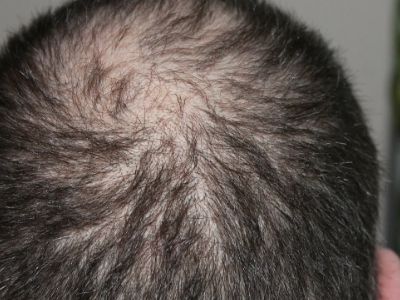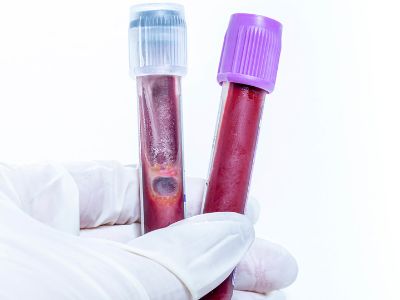Treatment for Alopecia

Treatment for Alopecia is crucial. Before pursuing it, you may need to talk with your doctor about the cause and the treatment options.
Alopecia is a condition that causes hair loss which may affect just your scalp or your entire body. This condition can be the result of hormonal changes, heredity, medical condition, or a normal part of aging. Alopecia is more common in men.

Symptoms of Alopecia
Alopecia can appear in many different ways. It can come on suddenly or slowly and might affect just the scalp or the whole body.
Symptoms may include:
- Patches of scaling that spread over the scalp
- Full-body hair loss
- Sudden loosening of hair
- Circular or patchy bald spots
- Gradual thinning on top of the head
See your doctor if you are troubled by persistent hair loss in you and want to pursue treatment. For women who are experiencing a receding hairline, talk with your doctor about early treatment to avoid significant permanent baldness. Also, talk to your doctor if you notice sudden or patchy hair loss or more than usual hair loss when combing or washing your hair. Sudden hair loss can signal an underlying medical condition that requires treatment.
Causes of Alopecia
Hair loss is typically related to one or more of the following factors:
- Family history (heredity)
- Hormonal changes and medical conditions
- Medications and supplements
- Radiation therapy to the head
- A very stressful event
- Hairstyles and treatments

Diagnosis for Alopecia
Before making a diagnosis, your doctor will likely give you a physical exam and ask about your hair care routine, your diet, and your medical and family history. You might also have tests such as:
- Pull test – your doctor gently pulls several dozen hairs to see how many come out. This helps determine the stage of the shedding process.
- Blood test – this might help uncover medical conditions that can cause hair loss.
- Scalp biopsy – your doctor scrapes samples from the skin or a few hairs plucked from the scalp to examine the hair roots under a microscope. This can help determine whether an infection is causing hair loss.
- Light microscopy – your doctor uses a special instrument to examine hairs trimmed at their bases. Microscopy helps uncover possible disorders of the hair shaft.
Treatment for Alopecia
Effective treatments for some types of hair loss are available. You might be able to reverse hair loss, or at least slow it. Treatments for hair loss include medications and surgery.
- Hair transplant surgery – hair transplant can make the most of the hair you have left. During a hair transplant procedure, a dermatologist or cosmetic surgeon removes hair from a part of the head that has hair and transplants it to a bald spot.
- Laser therapy – The FDA has approved a low-level laser device as a treatment for hereditary hair loss in men and women. A few small studies have shown that it improves hair density.
- Medications – medications are available to treat pattern baldness. The most common options include Minoxidil (Rogaine), Finasteride (Propecia), Dutasteride (Avodart), and Spironolactone.



